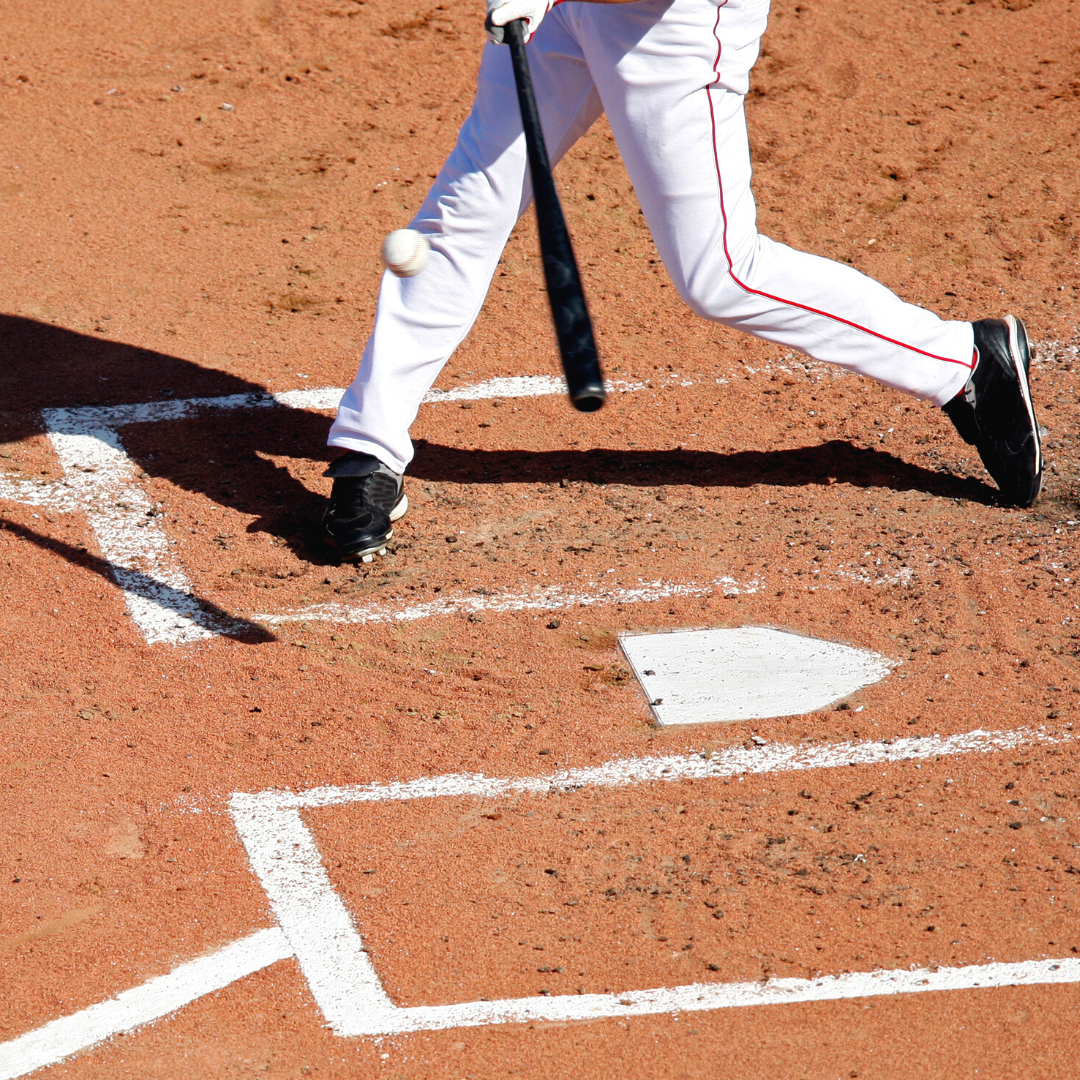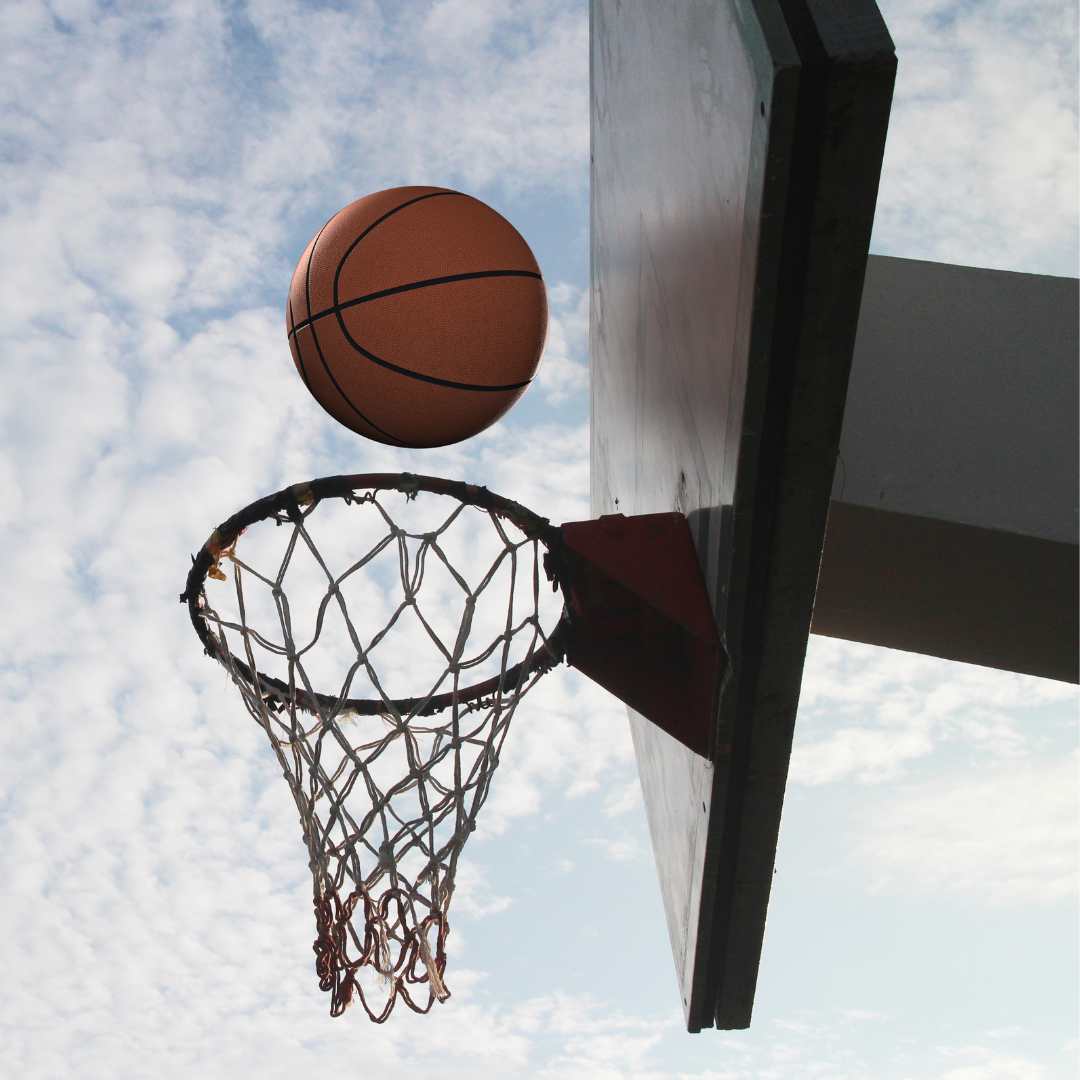Forbes: Dodgers’ Corey Seager Learns The Hard Way That Tommy John Surgery Isn’t Just For Pitchers
May 1, 2018Forbes: Rockets’ Chris Paul Is Out For Game 6; Will He Be Ready For A Potential Game 7?
May 26, 2018
Los Angeles Dodgers pitcher Clayton Kershaw was placed on the 10-day disabled list on Sunday with left biceps tendinitis. This is becoming an all-too-regular occurrence for Kershaw, who has been placed on the disabled list in each of the last three seasons.
The good news about this most recent injury is that it looks like the Dodgers expect him to respond well to conservative treatment. He underwent an MRI on Sunday to confirm the diagnosis, and the Dodgers said then that Kershaw would begin rehabilitating on Monday in LA.
Some of you unfamiliar with bicep tendinitis may be wondering what it is, how common it is in baseball players, and what the rehabilitation process involves.
Biceps tendinitis is an inflammation or irritation of the long head of the biceps tendon, which connects the biceps muscle to the labrum in the shoulder. The biceps muscle is located in the front of the upper arm, and it has two tendons that attach it to the shoulder. The short head, which is almost never injured, attaches to the coracoid, which is a bone in front of the shoulder. The long head attaches to the labrum at the top glenoid (shoulder socket).
There are many potential causes of biceps tendinitis. Most are due to overuse as can happen with repetitive overhead motions, such as throwing a baseball. Therefore, this injury is not uncommon in baseball players, especially in pitchers, because of the repetitive strain on the shoulder from years of the same overhead motions. Studies on the function of the biceps have been done, and it likely plays a role resisting the torsional forces as the shoulder rotates extremely quickly during the throwing motion.
In pitchers, biceps tendinitis may manifest itself as pain, although sometimes the symptoms are more vague (e.g., difficulty warming up, decreased velocity on one’s fastball, loss of control, and earlier fatiguing). To properly diagnose bicep tendinitis, a physical exam is performed, and an MRI or ultrasound is usually done to confirm the diagnosis.
Biceps tendinitis is first treated nonsurgically with rest, ice, anti-inflammatory medications, physical therapy and possibly a steroid injection. Even when successful, non-operative treatment can sometimes take four to six weeks, depending on the degree of injury to the biceps. There are cases in which surgery is necessary, but this is not likely on the table yet for Kershaw.
Given that Kershaw was an un-Kershaw-like 1-4 on the season, it is possible that the biceps was affecting him over his last few starts.
To make matters worse for the Dodgers, this is only one of the many injuries that they are enduring early this season. Hyun-Jin Ryu tore a groin muscle and will not return until after the All-Star break. Also, Corey Seager underwent season-ending Tommy John Surgery. You can check out my rundown of the surgery and Seager’s case here.



